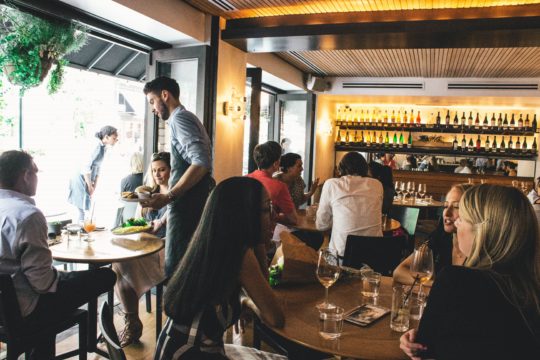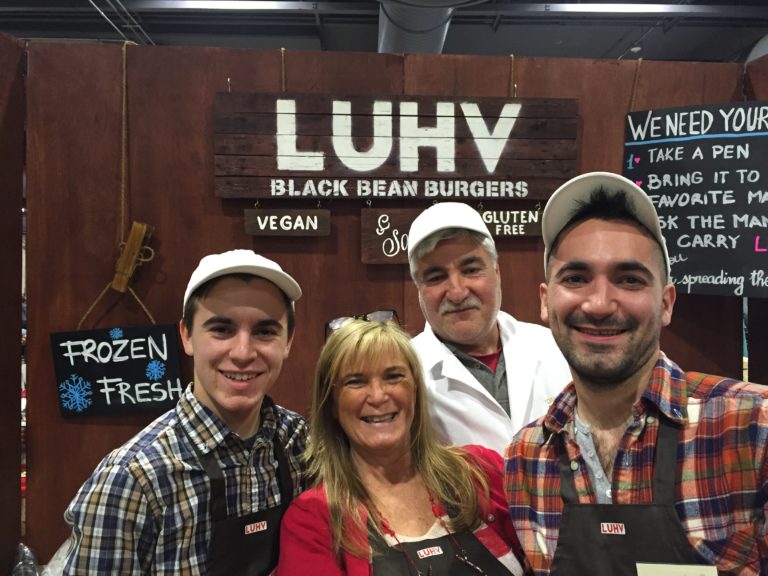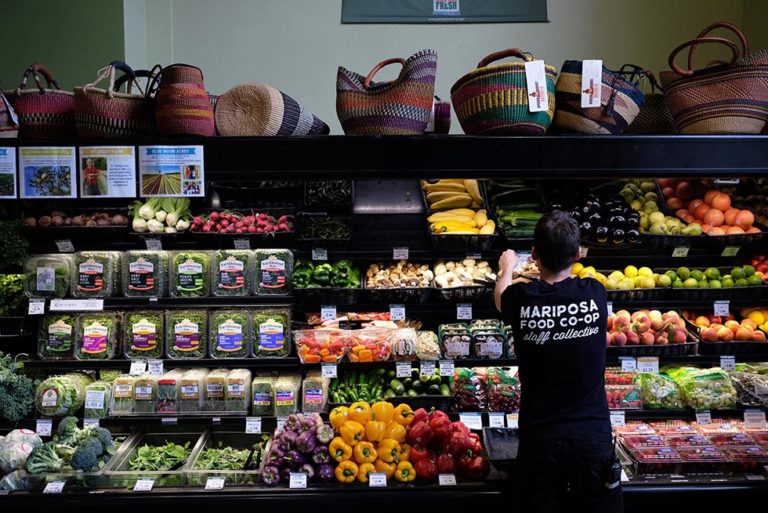The Eating for the Ecosystem Story
When Sherrilyn Billger was a senior in high school, her father lost her job when the household appliance factory in her hometown shut down.
“I really wanted to understand what had caused the plant to shut down,” said Sherrilyn. “It is important for me to understand what drives the outcomes that affect people.”
In college, on her way towards a human resources administration degree, she discovered economics courses and immediately gravitated towards the subject. Because of her experience witnessing how the shutdown shook her family and their community, her economics courses rapidly transformed beyond a mere academic curiosity.
Fast forward and Sherrilyn is a tenured economics professor and a department chair at a university. But then, she asked herself:
What direct impact am I having on the world around me?
Inspired to make a change, she took a different path than the one she had worked so hard to forge, and she knew that her next project would involve her working with plants.
She imagined a way for her work to focus on the consequences that the food we eat have on the environment, our health, and economic and social justice.
“I was trying to understand how people living in urban environments could develop a better relationships with plants, because they are the bulk of our ecosystem,” said Sherrilyn.
She saw that community gardens were gaining popularity, but after witnessing many plots that were left untended by July, she realized that there had to be a way to make growing food in the city easier for people. She asked:
How can I bring the garden into the smaller places where city dwellers can interact with their plants everyday?
Sherrilyn’s business Eating for the Ecosystem “provides horticulture products and services to meet client needs and strengthen local ecosystems.” In addition to offering products, services, and consultation, she hopes to help hopeful urban gardeners discover the confidence to develop their green thumbs. Educating customers is a vital aspect to this goal.
“Whenever I have a customer, I am not going to give them a product, like a vegetable container, and then say, ‘See ya!’” she said. “I want to stay available if they have issues; I want to be helpful.”
Helping people connect to plants in their daily lives and encouraging people to understand where their food comes from supports Eating for the Ecosystem’s larger goals of aiding people to consider their relationship with the ecosystem and their environmental impact.
While Sherrilyn hopes that more and more city dwellers grow their own food, she knows that it is not practical to think that people will grow all of their food themselves. There are plants, like corn, that would be very difficult to grow in a container in one’s backyard. She sees Eating for the Ecosystem’s products and services as a way to complement the work being done in the city by CSAs and community gardens.
She also hopes to work against the preconception that for a product to be eco-friendly that it must also be expensive. Using her research background, she has conducted a deep dive into the materials used in creating products for growing food in the city.
“Cedar is actually not that much more rot resistant that Douglas Fir, which is in a far more abundant supply here in the United States than the Cedar we get from British Columbia. It is also a lot cheaper,” she said. “If my materials are less expensive, then my prices are less expensive.”
And if products are less expensive, then hopefully Sherrilyn can help more people stay connected to nature and their food. She said:
We’ve become so detached from the environment that it makes it so difficult to reattach.
This is the challenge that Eating for the Eating system sets out to overcome each day.
Learn more about Eating for the Ecosystem here.
The title of this piece comes from a John Muir quote: “ Keep close to Nature’s heart… and break clear away, once in awhile, and climb a mountain or spend a week in the woods. Wash your spirit clean.”




